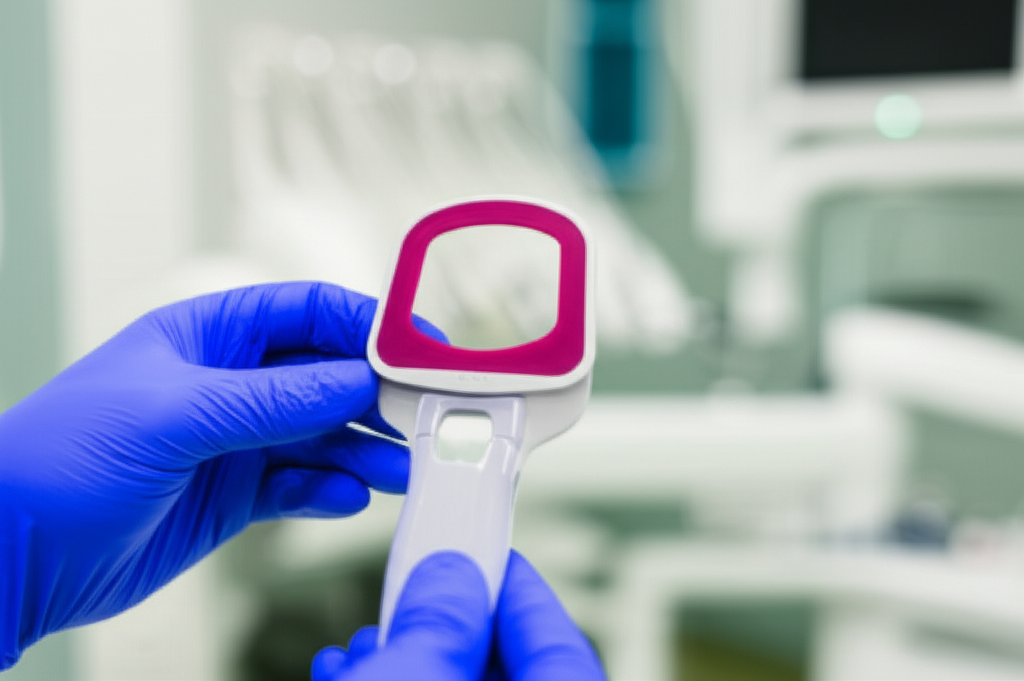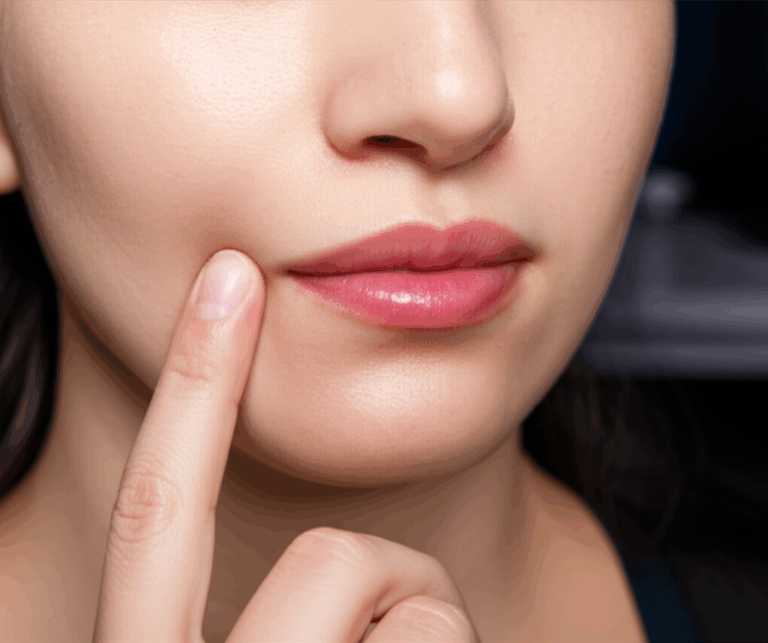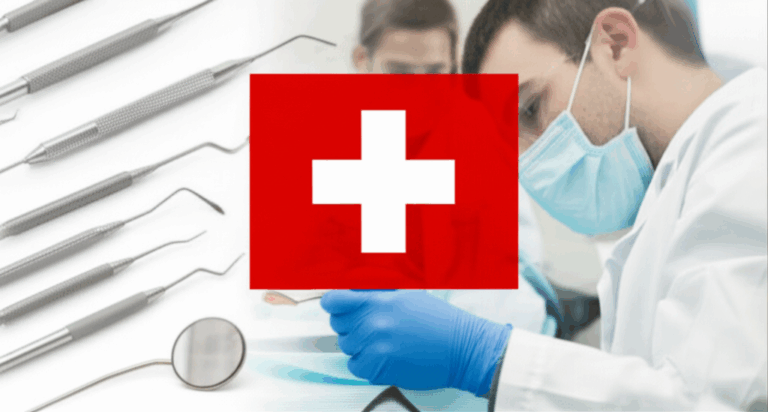
Why Do Dentists Push X-Rays? Unpacking the Real Reasons & What It Means for Your Health
Ever been in the dentist’s chair and thought, “Do I really need these X-rays?” You’re not alone. Lots of people wonder why dental X-rays are so common at every visit. Most questions come down to things like: are X-rays needed, are they safe, are they expensive, or do you really need them if you aren’t in pain? Let’s get to the main point, break it down, and help you feel sure about your choices—because when it comes to your health, you deserve to understand everything.
In This Article
- The Real Question: Why Do Dentists Insist on X-Rays?
- What’s Really Happening in Your Teeth? (The Simple Science)
- Types of Dental X-Rays and What Each Can Show
- Balancing Benefits with Risks: Are Dental X-Rays Safe?
- How Often Should You Get Dental X-Rays? Making It Personal
- You’re in Control: Your Rights and Talking to Your Dentist
- Key Points: Making Good Choices for Your Teeth
The Real Question: Why Do Dentists Insist on X-Rays?
Let’s be straight—if you feel like your dentist is “pushing” X-rays, you might not just be wondering. You want to trust them, know you’re safe, and not spend money on things that aren’t needed. A lot of people worry about being exposed to radiation, especially if the dentist asks for X-rays when you feel fine. And yes, X-rays aren’t free, so asking about the price is a good thing.
But here’s the truth: Dentists ask for X-rays because they can see things no one can spot with just a mirror or even by looking in your mouth. X-rays let your dentist see between teeth, under old fillings, inside the roots, and even into the jaw.
Let’s see why that matters—and when X-rays are truly needed (or not).
What’s Really Happening in Your Teeth? (The Simple Science)
Picture your teeth and gums like an iceberg. During a checkup, you and your dentist only see a small part; a lot more is out of sight.
Dental X-rays—like bitewings, periapical, or panoramic—let your dentist find quiet, hidden problems before they cause pain. Here’s what X-rays can help with:
1. Early Cavities You Can’t See
- Cavities often start between teeth or under old work like fillings or crowns—not spots you can check in the mirror.
- It’s like a leak behind a wall; all looks fine until it’s a big issue.
2. Gum Disease & Bone Loss
- Gum disease attacks the bone holding your teeth in.
- X-rays show bone levels, so dentists can spot the problem before it gets serious—something they can’t do just by looking.
3. Hidden Infections and Abscesses
- A tooth can have a deep infection at the root with no pain (yet).
- Untreated, these can harm other teeth, your jaw, and your general health.
4. Growth and Wisdom Teeth
- For kids and teens, X-rays check how new teeth are coming in and look for extra or missing teeth. They also watch for wisdom teeth problems.
- For adults, X-rays help watch wisdom teeth to see if they’re coming in the right way.
5. Jawbone, Cysts, and Tumors
- Some X-rays check for lumps, tumors, or other odd things in your jaws and can find things before you know there’s a problem.
The big idea: Without X-rays, your dentist is guessing. Most bad dental problems—cavities, gum disease, even mouth cancer—start out quiet. If you wait for pain, fixing them often gets harder, pricier, and more complicated.
Types of Dental X-Rays and What Each Can Show
Dentists don’t use the same type of X-ray every time. They pick what’s best for your needs. Here’s a quick look:
Bitewing X-Rays
- Why: Catch cavities between teeth and check bone under your gums.
- How: You bite on a plastic piece; the X-ray takes a side view.
Periapical X-Rays
- Why: Focus on one tooth—from the top down to the root, plus the bone nearby.
- Best for: Finding infections, root problems, and cracks.
Panoramic X-Rays
- Why: Shows your whole mouth, jaws, sinuses, and jaw joints in one picture.
- Good for: Checking wisdom teeth, jaw line-up, and big lumps or bumps.
Full Mouth Series (FMX)
- Why: A group (often 18+) of different X-rays gives a full map of your mouth.
- When: For new patients with tricky dental problems or before big procedures.
3D Imaging (CBCT – Cone Beam CT)
- Why: Gives a 3D view; handy for planning implants, jaw surgery, or tough root canals.
Not everyone needs all these X-rays, and not every time. Careful dental teams, even ones at a digital dental lab, make sure only the right X-rays are taken—not just extra ones you don’t need.
Balancing Benefits with Risks: Are Dental X-Rays Safe?
One big worry: “Aren’t X-rays bad for you?” Here are the facts.
How Much Radiation Are We Talking About?
- A regular bitewing X-ray set gives about 0.005 millisieverts (mSv) of radiation.
- You get about that just from nature in a few days or from a short airplane ride!
- The normal person in America takes in about 3 mSv each year just from being alive.
Modern digital X-rays use even less radiation than old ones; sometimes up to 80% less. Plus, you get a lead apron and a neck guard for safety.
ALARA: As Low As Reasonably Possible
Dentists follow the ALARA rule, which means only taking X-rays if there’s a real reason, and keeping radiation as low as they can. If they suggest one, it’s because the benefits are bigger than the small risk.
Special Cases
- Pregnant women: Usually, X-rays can wait, unless there’s an emergency. More shielding is used if needed.
- Children: X-rays are less, and settings are adjusted for kids’ smaller size.
Still feeling unsure? Just remember: Dental X-ray radiation is tiny compared to what you get every day from natural sources. It’s okay to say no now and then if you’re low-risk or just had X-rays. But skipping them always can mean missing small problems until they’re big ones.
How Often Should You Get Dental X-Rays? Making It Personal
There’s no set rule—it depends on you:
When You Might Need X-Rays More Often
- You get cavities or gum disease often.
- You’re a new patient and no one really knows your teeth history.
- You’re a kid or teen (cavities grow fast as teeth come in).
- You have dental symptoms (pain, swelling, or sensitive teeth).
When You Can Wait Longer
- Your mouth is healthy with no problems.
- Your last X-rays looked good, and you take good care of your teeth.
- You had dental X-rays somewhere else not long ago (ask about sending them over).
What Do Experts Say?
- ADA and FDA: They recommend “personalized schedules”—not one-size-fits-all.
- For many grown-ups in good health, bitewings can be done every 2–3 years, and big panoramic ones even less.
- For kids or folks fighting dental disease, once a year or every few months might be right.
- Wondering if it’s too much? Ask your dentist how their advice matches up with American Dental Association (ADA) rules—they should have no problem explaining.
You’re in Control: Your Rights and Talking to Your Dentist
This might be the most important bit. As the patient, you get to help decide what happens with your teeth.
Ask Why
If the dentist says you need an X-ray, ask:
What are we checking for? Is this just routine, or are you worried about something?
Most dentists like it when you ask—it shows you care.
Share Your Worries
Talk about any fears about radiation, cost, or getting “extra” X-rays. Dentists know how to explain what’s helpful and what isn’t.
Know Your Right to Say Yes or No
You can ask what’s being done, why, what it costs, and if there’s another way.
Moving Recent X-Rays
If you change dentists but had recent X-rays, ask for them to be sent over. No point in doing them again.
Get Another Opinion
If you’re not sure, you can always ask another dentist. Good dentists are fine with this—it helps you feel better about your care.
Key Points: Making Good Choices for Your Teeth
Let’s keep it easy:
- X-rays aren’t just to make money or for no real reason. They’re needed to find problems early—before it’s a big, costly problem.
- Dental X-rays today use very little radiation, thanks to digital machines and safety gear.
- You don’t need X-rays every single visit. How often depends on you—your age, your teeth, your history.
- You’re in charge of your care. Ask questions, talk about your worries, and see if there are other choices.
- Talk with your dental team. They’re there to help—not just to tell you what to do.
Practical Advice: Next Steps for Your Dental Health
- Ask your dentist why you need that X-ray.
- Want to know more? See if they’re checking for new problems, wisdom teeth, or old fillings.
- If you had X-rays not long ago, mention it.
- Look at your insurance to see what’s covered.
- Ask if the X-rays are “just in case” or really needed.
- Ask for digital X-rays if they have them—they give less radiation.
- Ask about safety steps: aprons, neck guards, and how often you get pictures taken.
- Finding issues early keeps you from bigger bills and more pain later. Big problems start small.
- Keep your cleanings and checkups. A healthy mouth is much easier and cheaper to keep healthy than to fix.
Real-World Stories and Lessons
Case 1: No Pain, But Big Cavity
A person in their 40s said no to X-rays for a few years, thinking they felt fine. Visual checks showed nothing. But a regular bitewing X-ray showed a big cavity hidden between two teeth. A quick filling fixed it—no root canal needed.
Case 2: Catching Gum Trouble Early
A lady in her 50s had no bleeding or pain, but her X-rays showed early bone loss. By brushing better and getting more cleanings, she kept her teeth and needed no surgery.
Case 3: Kids’ Teeth in the Middle of Growing
Kids can get hidden cavities between teeth as new ones come in. Quick, simple bitewing X-rays in high-risk kids catch small problems before they need baby root canals or have to pull teeth.
Frequently Asked Questions
Q: Do I really need X-rays if I have no pain or problems?
A: Yes. Lots of problems start quietly. X-rays are like getting a check for high blood pressure or cancer—you want to catch something before it’s trouble.
Q: I’m pregnant. Should I wait for X-rays?
A: Most times, yes, unless it’s an emergency. Let your dentist know, and they’ll help you safely.
Q: Can I ask to skip X-rays?
A: For sure. Talk about your worries. If you’re low-risk or had X-rays recently, most dentists will understand.
Q: How do I know my dentist isn’t suggesting extra X-rays just to make money?
A: Ask them about the rules they follow and why they’re needed. Trust your gut—but also remember X-rays are there to protect your mouth and health.
Natural Transitions: Connecting the Dots
Dental X-rays are just one part of your dental care. Great work also depends on good crowns, bridges, and implants. To make sure dental work is done right, dentists often work with skilled dental labs. Partnering with a china dental lab uses digital pictures and careful work to help make crowns, fillings, and dentures that fit and look just right. Modern tools and digital dental lab technology mean you can get dental parts that feel natural and last long.
Your Next Steps
Ready to be in charge? Next time at the dentist:
- Come ready to ask questions and expect answers.
- Talk about your needs and your history.
- Make sure your care—including X-rays—fits you, not just a rule.
The best dentists are happy to talk, listen, and respect your choices. Speak up—your health matters!
References:
- American Dental Association (ADA): Dental X-rays and Radiation Safety
- Food and Drug Administration (FDA): Patient Information—Dental X-rays
- National Council on Radiation Protection and Measurements (NCRP)
- “Clinical Oral Radiology” Dental Textbook
- “Oral Surgery, Oral Medicine, Oral Pathology and Oral Radiology” Journal
This article covers general best practices as of 2024. For advice about your own health, ask your own dentist.
Summary Table: Safety and Value of Dental X-rays
| Benefit | Risk Level | How It Helps |
|---|---|---|
| Early cavity detection | Low (tiny radiation) | Prevents bigger, costlier repairs later |
| Gum disease awareness | Low | Stops tooth loss before it starts |
| Finding hidden infections, cysts, tumors | Low | May even save lives in rare instances |
| Guides for safe, successful treatments | Low | Helps your dentist choose the right solution for you |
Your smile is important. Dental X-rays, done the right way, help keep it healthy for the long term. Don’t be afraid to speak up, keep the talk open, and let science—not fear—steer your choices.
Looking to learn more about crowns, bridges, or today’s dental materials? Check out our page on digital dental lab for new trends in dental technology.








